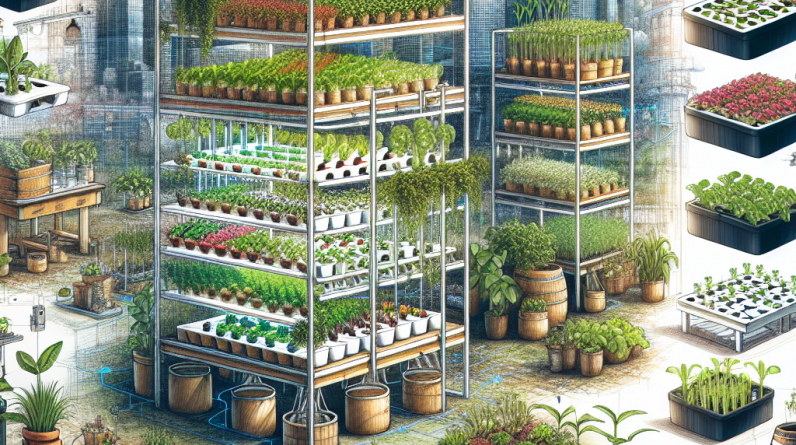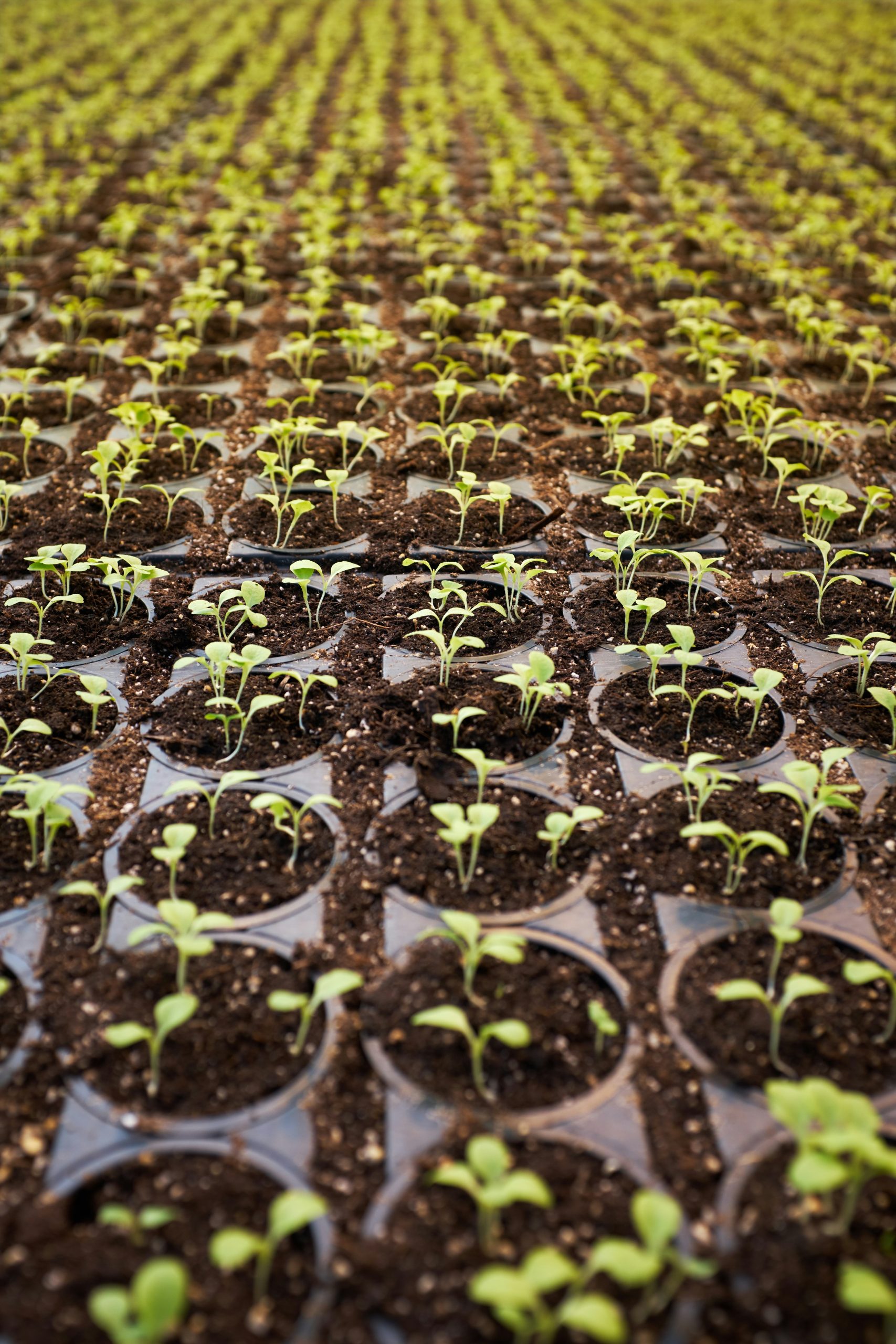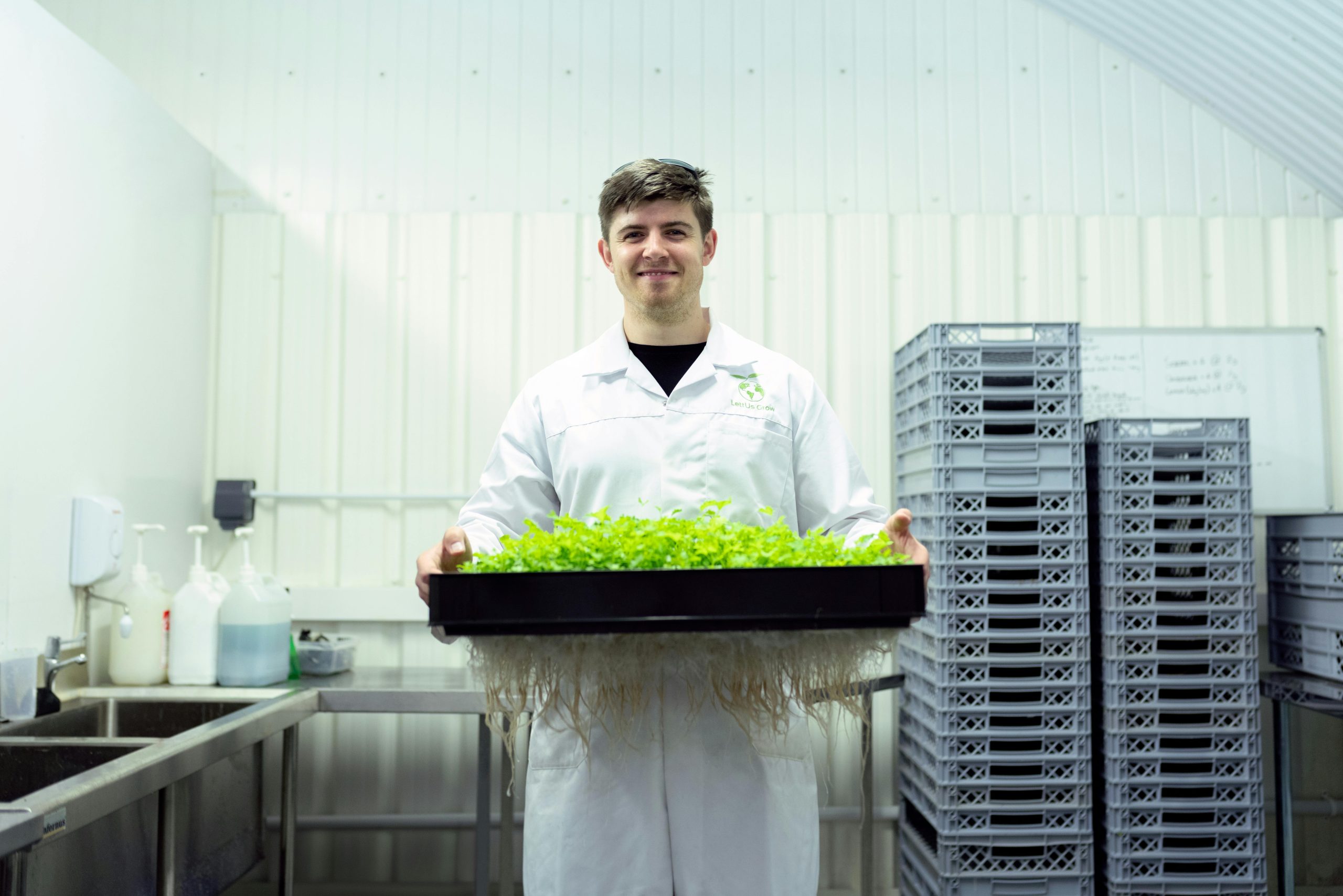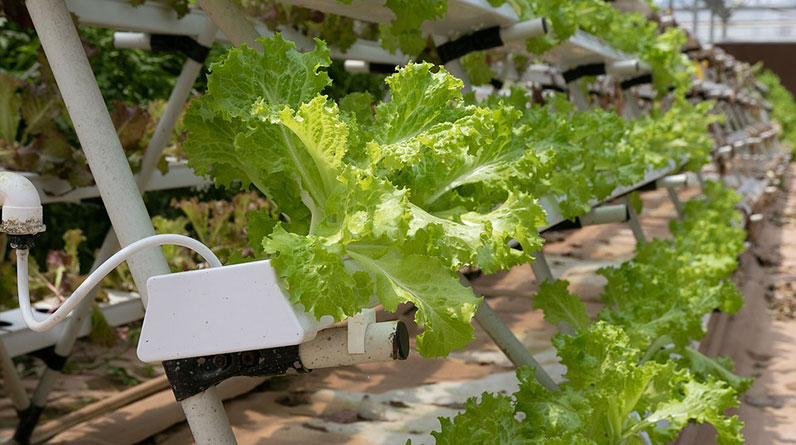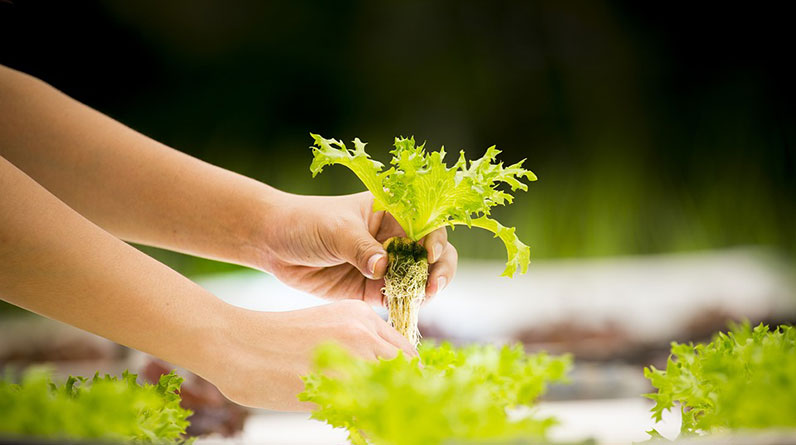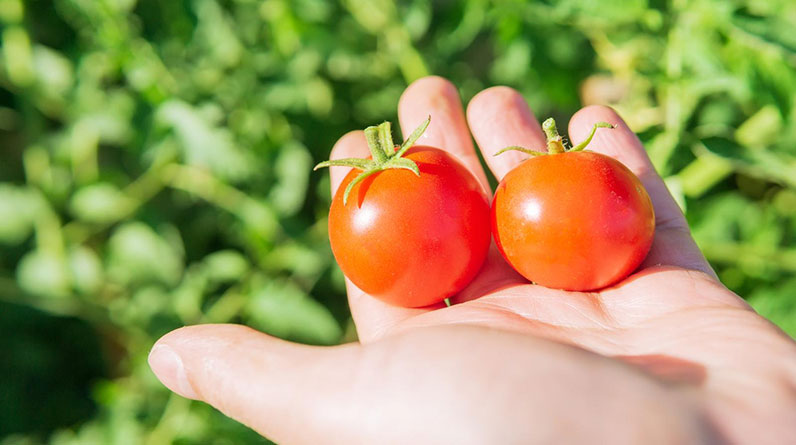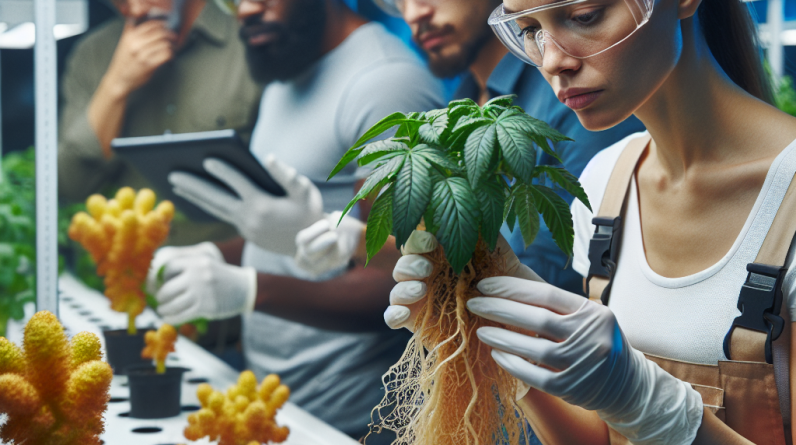
Poor Plant Growth
Understanding Nutrient Deficiencies
One of the first things I realized when starting my hydroponic journey was the importance of nutrients. Plants need a balanced diet just like we do, and if there’s something missing, you’ll notice the growth stalling. I found myself scratching my head, wondering why my plants weren’t thriving, and it all came down to nutrient deficiencies.
Each plant has its own nutrient requirements. For example, if you’re growing leafy greens, they might be craving nitrogen, while fruiting plants require more phosphorus and potassium. I started keeping a nutrient log to ensure I was providing what they needed. It’s a bit of a balancing act, but once you get it down, your plants will literally bloom.
To tackle these deficiencies, consider investing in a quality hydroponic nutrient solution and regularly check the pH levels of your water. Trust me, a good balance can work wonders for plant growth.
Water Quality Issues
Water is the lifeblood of your hydroponic system, and if it’s not up to snuff, you’re in for a world of trouble. I spent weeks troubleshooting my system only to find out I was using tap water that was too chlorinated. It started affecting my plants, and I had to quickly pivot.
What I now recommend is using filtered water or at least letting tap water sit out for a few days before use, allowing the chlorine to evaporate. Regular testing for contaminants has also become part of my routine. Clean water means happy plants!
Lastly, keep an eye on the temperature of your water. Too hot or too cold can shock your system, affecting growth rates. Aim for temperatures between 65°F to 75°F for optimal results.
Lighting Issues
Another hiccup I encountered was lighting. If my plants were stretching too much towards the light or turning pale, it was a telltale sign that something was off. I learned the hard way that LED lights require careful distance management to avoid burning or underexposing my plants.
The quality of light also matters. I’ve switched between types of grow lights, and I can’t stress enough how beneficial full-spectrum lights have been for me. They mimic natural sunlight and help my plants flourish.
Track the hours of light your plants receive each day; most plants thrive with around 12 to 16 hours. I’ve set timers to ensure consistency, and my plants are thanking me with their lush growth.
Pest Infestation
Identifying Common Pests
As a newbie, I didn’t expect pests to be such an issue in my hydroponic system, but boy, was I wrong! Aphids and spider mites crept in one day, and it felt like a mini apocalypse. Identifying these pests early on is crucial.
When I first noticed discoloration and wilting leaves, I quickly learned to check the undersides of leaves, where these bugs love to hide. Utilizing a magnifying glass can help you spot them before they wreak havoc.
Starting with an integrated pest management approach has worked wonders for me. From introducing beneficial bugs like ladybugs to using neem oil spray, I now feel a lot more secure about keeping pests at bay.
Preventive Measures
Preventing pests is usually simpler than dealing with them once they’ve infested your system. I made it a habit to keep a clean environment and disinfect tools regularly. You’ll be amazed at how much this can deter unwanted guests!
Another tip I learned is to avoid over-fertilizing, as it can lead to soft, succulent growth that pests love to munch on. Consistency in my feeding routine has been key.
Lastly, remind yourself to rotate crops and practice companion planting where possible. This strategy has helped me disrupt pests’ life cycles, keeping them on their toes!
Regular Monitoring
I can’t stress enough how important it is to regularly keep an eye on your plants. I’ve made a schedule to check my systems daily—this includes looking for pests and signs of distress in my plants.
Using a journal to document my findings has also been helpful. It’s like having a personal diary for my plants! Doing this has allowed me to spot patterns and make changes proactively.
Establishing a monitoring rhythm keeps me on track and helps me catch any issues before they escalate. It’s all about being one step ahead!
System Malfunctions
Check Pump Functionality
One day I came down to my garden and noticed some of my plants wilting. Panic set in as I realized my pump wasn’t functioning! Now I’ve learned that pumps essentially breathe life into my hydroponic system, so I need to check their functionality regularly.
I recommend making it a habit to test the pump at least once a week. Listening for strange noises or noticing any unusual vibrations can help spot issues early. Keeping spare parts on hand has saved me more than once!
If your pump does fail, it’s usually a simple fix. Clean it out or replace the impeller if needed. A little proactive maintenance can go a long way!
Inspecting the Grow Medium
The grow medium is another component that I sometimes overlooked at first. I didn’t know how important it was to check for clogs or breakdowns. A healthy medium allows for proper drainage and aeration, both of which are vital for plant roots.
Over time, I learned to rotate and refresh my grow medium when necessary. It often gets compacted or contaminated, which can hinder plant growth. I’ve found that swapping it out regularly has massively improved my yields.
Additionally, keeping a close eye on how wet or dry the medium is allows me to adjust my watering schedule to avoid root rot or drought stress.
Troubleshooting Electrical Issues
Okay, this one might sound scary, but electrical issues can arise, and they often do when you least expect them. One time, my entire system shut off due to a tripped circuit breaker. That day taught me to be more cautious with electrical components.
Now, I make sure to have surge protectors and moisture-proof connections to prevent any water damage. Regularly inspecting cords and connections has become a non-negotiable for me.
If things do go haywire, having a backup power source can be a lifesaver. An emergency generator helps keep my systems running smoothly, even when the unexpected hits.
Environmental Factors
Temperature Control
I won’t forget the first time I neglected temperature control in my hydroponic setup. The plants started drooping like they were in the middle of a heatwave! It’s essential to maintain optimal temperatures, usually within 70°F and 75°F.
Investing in a thermometer and setting up fans for circulation has done wonders. I also learned to adapt my environment based on external weather conditions—it’s like being a plant weather forecaster!
Keeping everything stable with heaters or chillers as needed will ensure my plants remain happy. They thrive in consistent conditions.
Humidity Levels
Humidity is another factor I initially underestimated. If it’s too high, it can encourage mold, and if it’s too low, your plants are in for a rough ride. I found that a hygrometer can help me monitor humidity levels accurately.
In my journey, I’ve realized that most plants like humidity levels between 40% to 60%. Using humidifiers in dry seasons or dehumidifiers when it’s overly moist ensures my plants stay comfortable.
Also, adding a bit of mulch at the base of plants can retain moisture, and it looks pretty nice too!
Light Exposure Management
Lastly, I learned that light exposure is closely tied to environmental conditions. While I talked about lighting earlier, making sure to adjust based on seasonality is equally essential. Too much light can lead to stressed plants, while too little can leave them leggy.
As I changed seasons, I found myself adjusting light distance and exposure times. I track seasonal growth patterns now, which has greatly improved my understanding of what my plants need.
Remembering to observe plants for signs of stress, whether it’s curling leaves or fading colors, can help you readjust your light exposure. Being attentive is key!
FAQs
1. What is the most common issue in hydroponic systems?
The most common issues usually revolve around nutrient deficiencies and water quality. Keeping both in check is crucial for healthy plant growth.
2. How often should I check my hydroponic system?
It’s a good practice to check your system daily. Regular monitoring will help you catch issues before they escalate.
3. Can I use tap water for hydroponics?
You can, but it’s best to let it sit out for a while to allow chlorine to evaporate or to use filtered water instead.
4. What pests should I look out for in hydroponic systems?
Aphids, spider mites, and whiteflies are common pests in hydroponics. Regular inspection can help you catch them early.
5. How can I maintain optimal temperature and humidity?
Utilizing tools like thermometers and hygrometers will help you monitor the conditions closely. Adjusting your setup with heaters or humidifiers will keep things steady.


